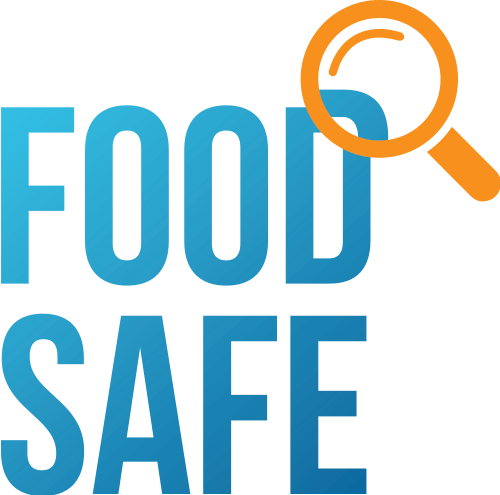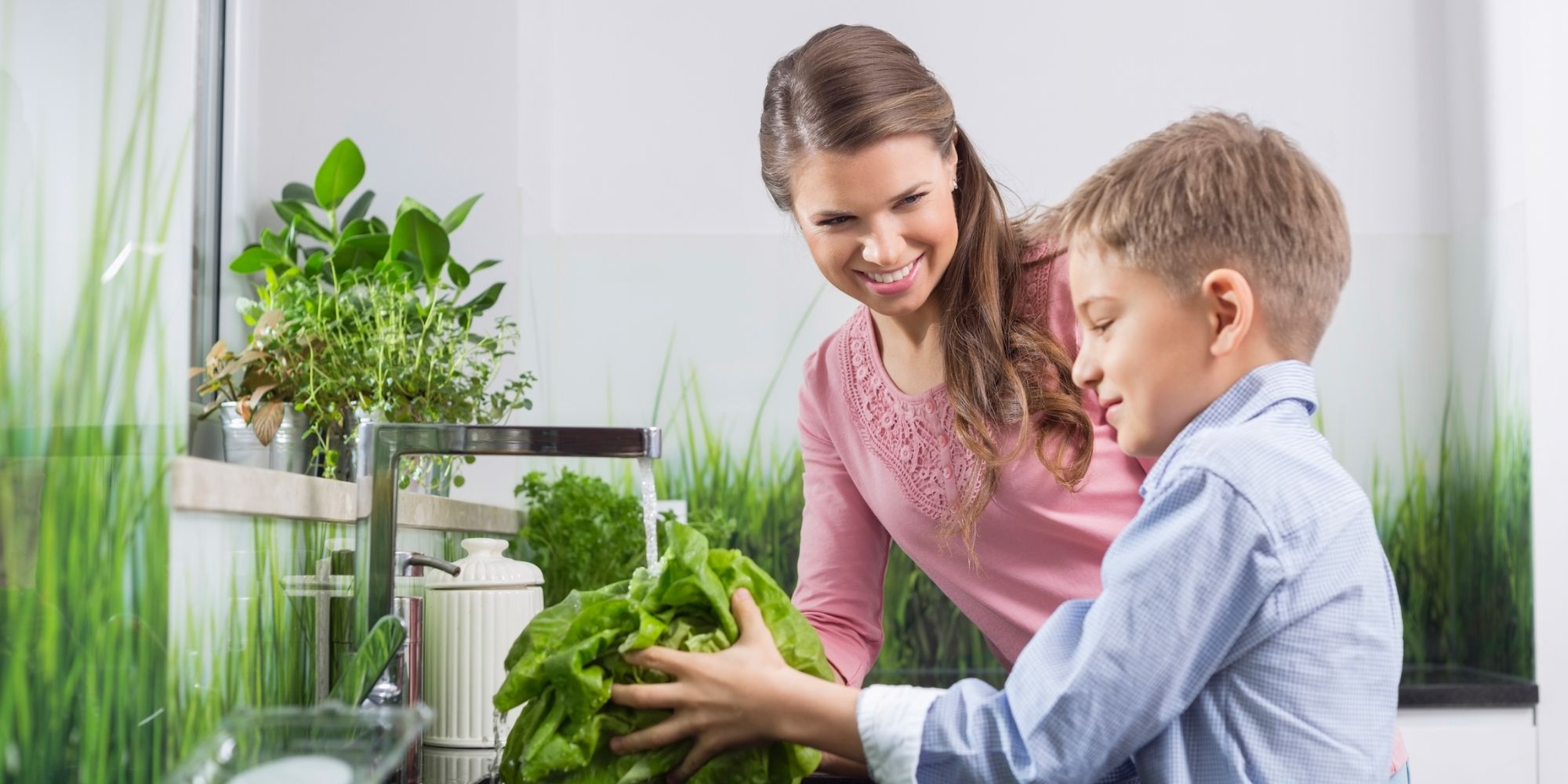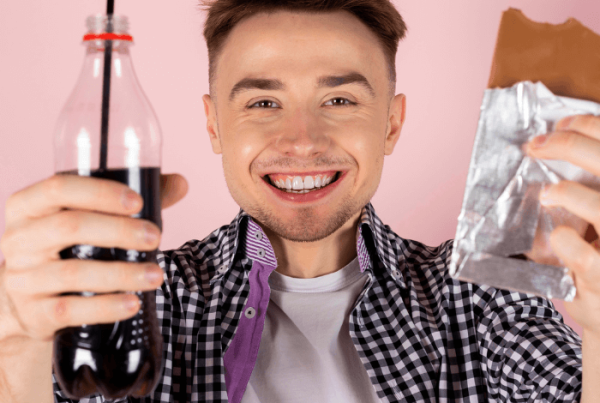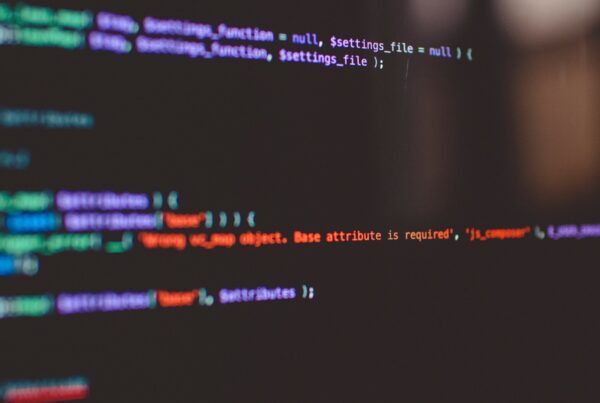How to wash fruit and vegetables
This post explains how to wash fruit and vegetables to reduce the risk from pathogenic bacteria, viruses, and pesticides to protect people from getting sick.
Here are a few simple steps to good washing
- Start by first washing your hands with hot soapy water before and after preparing food.
- Clean your countertop, cutting boards, and utensils after peeling produce and before cutting and chopping. Bacteria from the outside of raw produce can be transferred to the inside when it is cut or peeled.
- Wash kitchen surfaces and utensils with hot, soapy water after preparing each food item.
- Do not wash produce with soaps or detergents.
- Use clean potable cold water to wash items.
- For produce with thick skin, use a vegetable brush to help wash away hard-to-remove soil that could harbour bacteria.
- Vegetables with a lot of nooks and crannies like cauliflower, broccoli, or lettuce should be soaked for 1 to 2 minutes in cold clean water. Avoid mixing with other products.
- After washing, dry with a clean paper towel. This can remove more bacteria.
- Once cut or peeled, refrigerate as soon as possible at 4°C 39°F or less.
- Minimize purchasing cut produce that is not refrigerated.
What are the best ways to wash leafy greens?
- Leafy greens from the farmers market, grocery store, farm, or garden should be stored at 4°C 39°F or less within two hours of harvesting or purchasing.
- Wash greens by separating leaves and soaking them in a bowl of cool water for a few minutes.
- Another technique is to presoak greens for five minutes in a mixture of vinegar and water (1/2 cup distilled white vinegar per two cups water), which should be followed by a clean water rinse. This has been shown to reduce but not eliminate bacteria contamination, and it may slightly change texture and taste.
- Drain leafy greens with a clean strainer or colander, then dry with a clean towel or salad spinner.
- Salad spinners should be thoroughly cleaned with warm soapy water after every use.
- Fresh produce is handled by numerous people & control points before you purchase it from the grocery store or the farmers market. It’s best to assume that not every point has been risk-free before your fruit and vegetables got to you.
FDA Guidelines: Fruit and Veggie Safety
What Causes Food Poisoning – Source MPI
Here are some more answers to some frequently asked questions below:
Do you need to wash fruit and vegetables before preparing and eating them?
The short answer is yes, there is a food safety risk and washing fruit & vegetables reduces this risk
What about when something is bagged and says ‘pre-washed?
Generally speaking the risk from pre-washed products is low but it’s not zero. There is some academic debate on whether you should rewash pre-washed products at home and this is more to do with increased cross-contamination risk at the consumer end. So if you can do this hygienically or if your immune system is compromised eg. if you are pregnant, sick, old, or cooking for a young child, then rewashing produce is something we recommend.
Are there different rules for different vegetables? For example, should carrots be washed more thoroughly than say lettuce?
- For produce with thick skin like carrots or rockmelon, use a soft vegetable brush to help wash away hard-to-remove soil that could contain pathogenic bacteria such as Listeria, E. coli 0157, or Salmonella, etc.
- Produce with a lot of nooks and crannies like cauliflower, broccoli or lettuce should be soaked for 1 to 2 minutes in cold clean water.
- Avoid mixing different vegetables during the soaking and cleaning process to minimize the risk of cross-contamination
Does food safety risk vary depending on where the product is purchased from? For example, a market versus a supermarket?
Yes, the risk is known to change depending on where the product is purchased from. This is because hygiene standards and environmental risk factors vary across retailers. Some supermarkets have supplier excellence programmes that further reduce risk by requiring a supplier to comply with best practice and this may go beyond regulatory requirements.
What’s the optimal time for washing and should you wash them in something?
- 1 to 2 minutes in cold clean drinkable water.
- As mentioned above, to minimize risk presoak greens for five minutes in a mixture of vinegar and water (1/2 cup distilled white vinegar per two cups water), which should be followed by a clean water rinse.
MPI Discussion Document: Pathogens in Fresh Fruit and Vegetables in New Zealand
Chlorine as a Sanitizer: Oklahoma State University – FAPC Research Guidance
FDA & CDC Guidelines: 5 Steps to Clean Your Refrigerator
Food Safe offers food safety training that includes information about cleaning as part of its training programme content.
Food Safe’s Training:
- Complements compliance requirements
- Is simplified and visual, and supportive of implementing learning back on-job
- Is delivered by a trained ISO 9001 & 22000 lead auditor
- It is delivered by a trainer with first-hand knowledge and experience in high compliance operations where Food Safe also operates, such as the meat, dairy, and seafood sector. This allows us to transfer best practices.
Companies & Brands Food Safe works with:
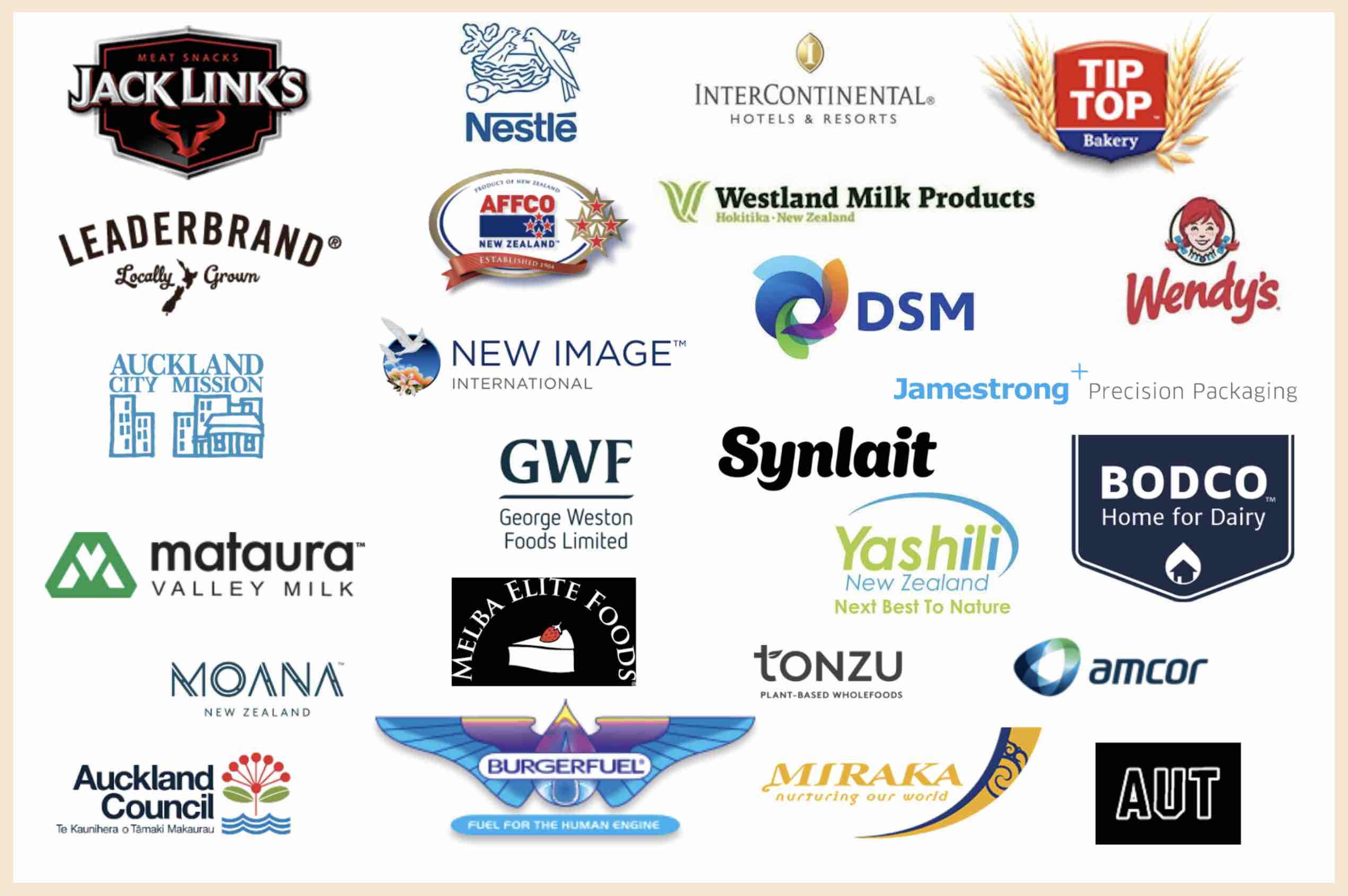
- Food Safe Ltd is a Category 1 NZQA-Registered PTE. Training complies with Codex Guidelines.
- Our training is trusted by both well known New Zealand and Global food companies and heaps of small teams too!
- Our training is science-based on New Zealand regulatory and globally recognised best practice including – MPI, FAO, FDA, EU
- Food Safe’s advisory committee includes leading experts, quality and compliance managers, and governance experts. For even more information about Food Safe and the companies we work with, click here
For more information, call us on +64 9 2814226 or email us at [email protected]
